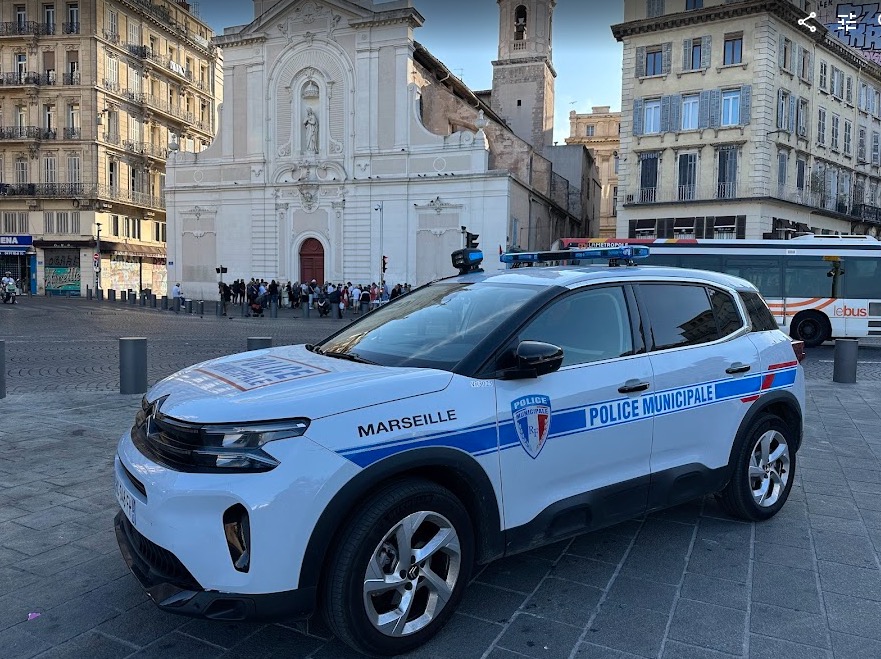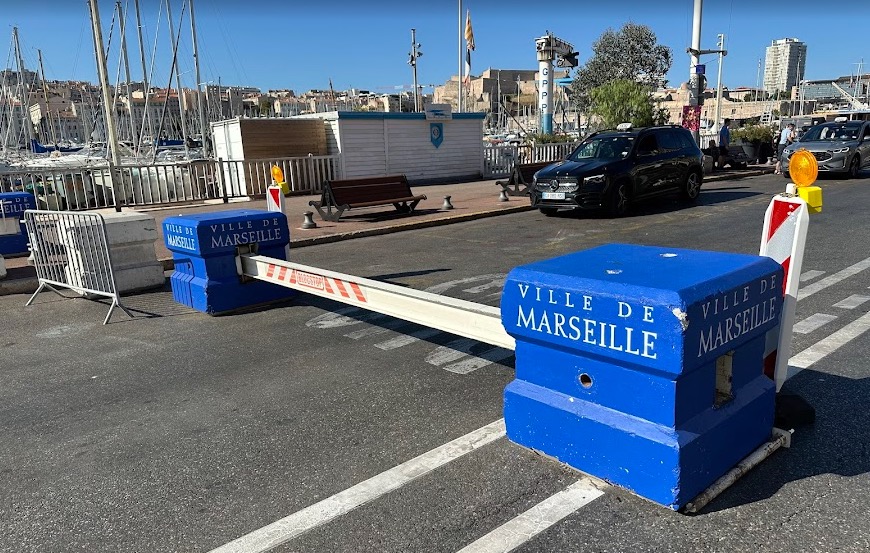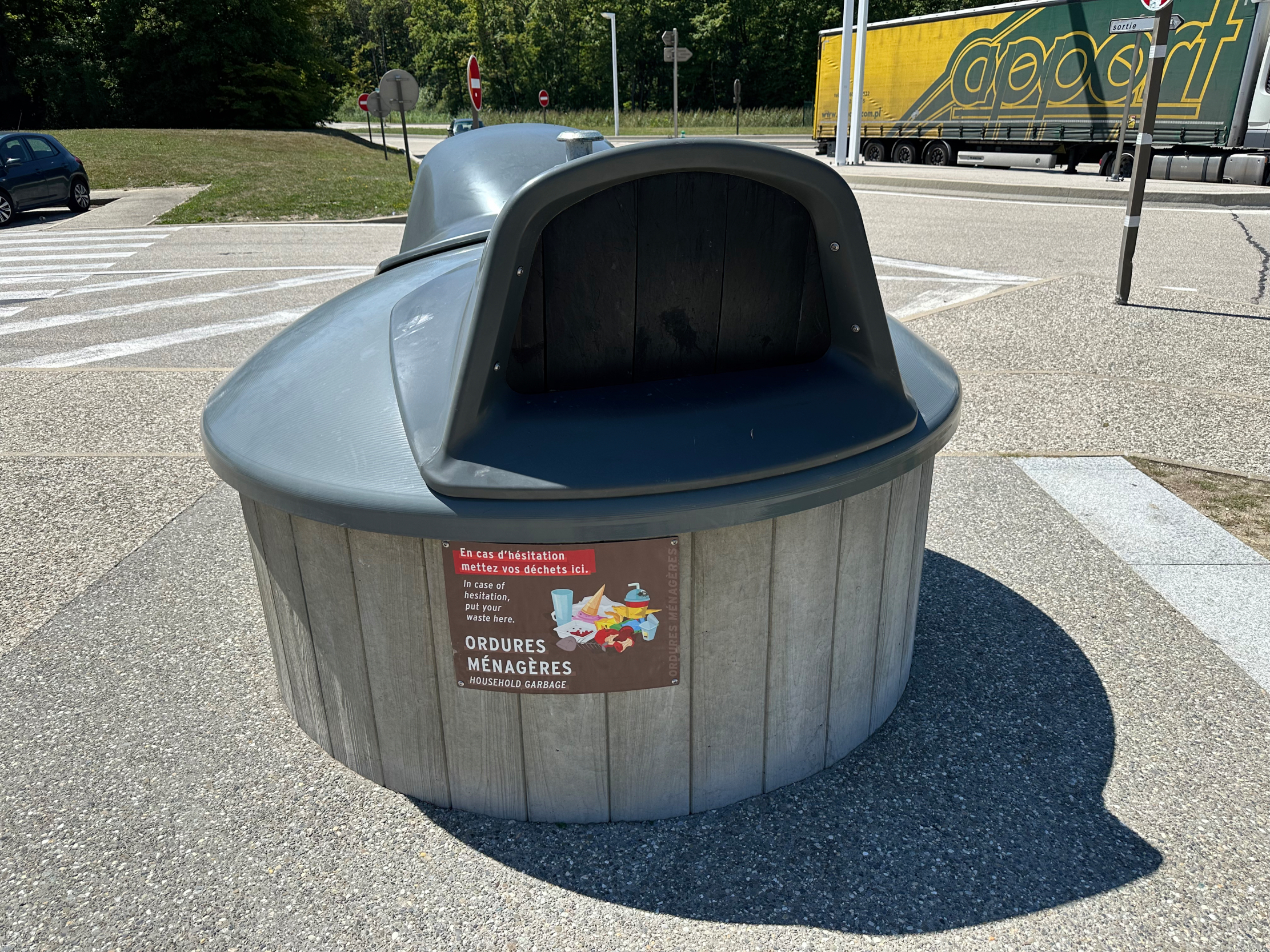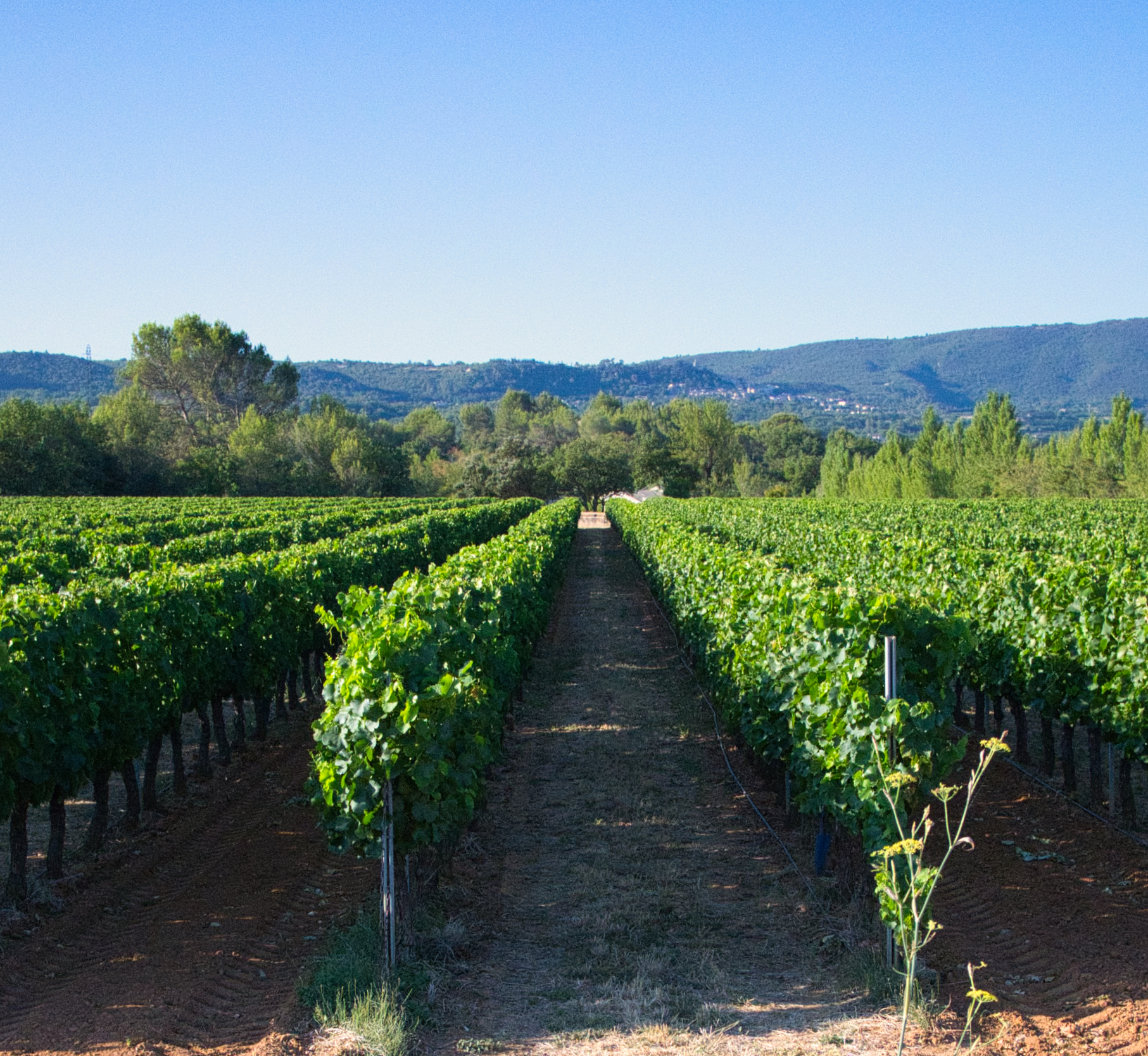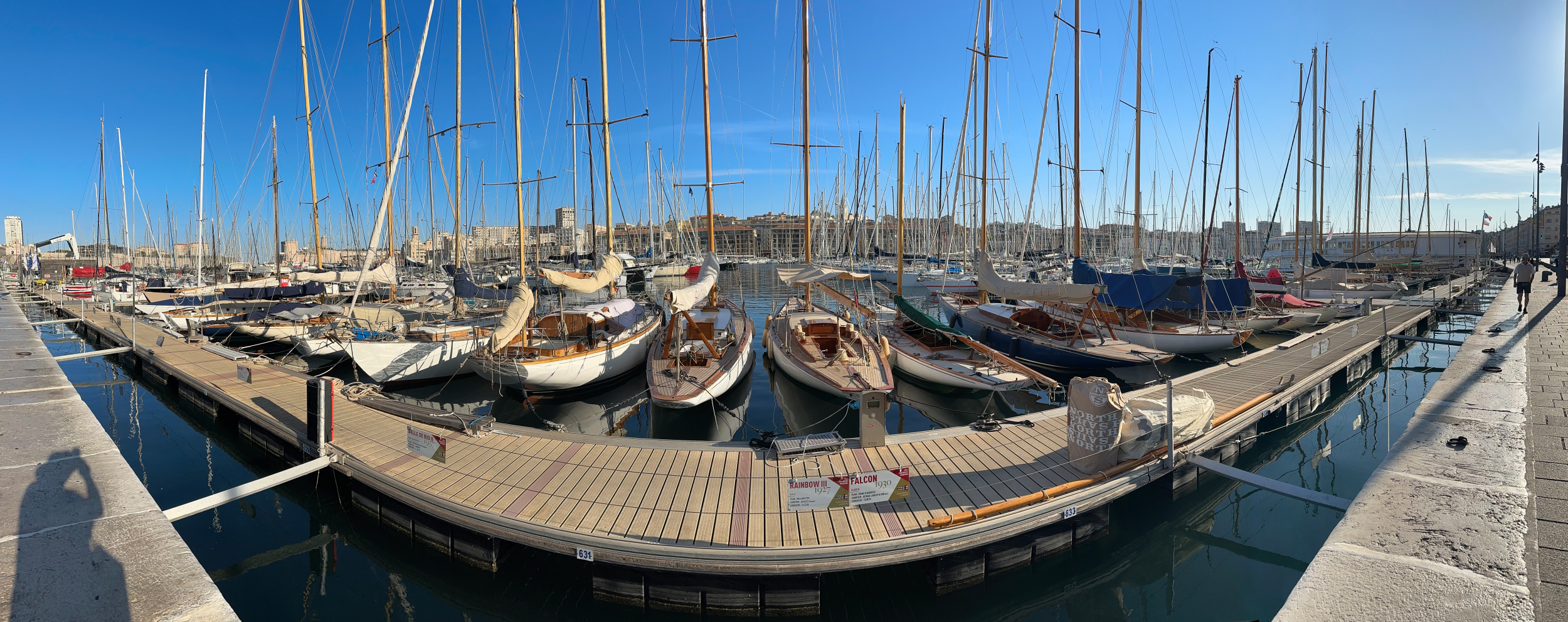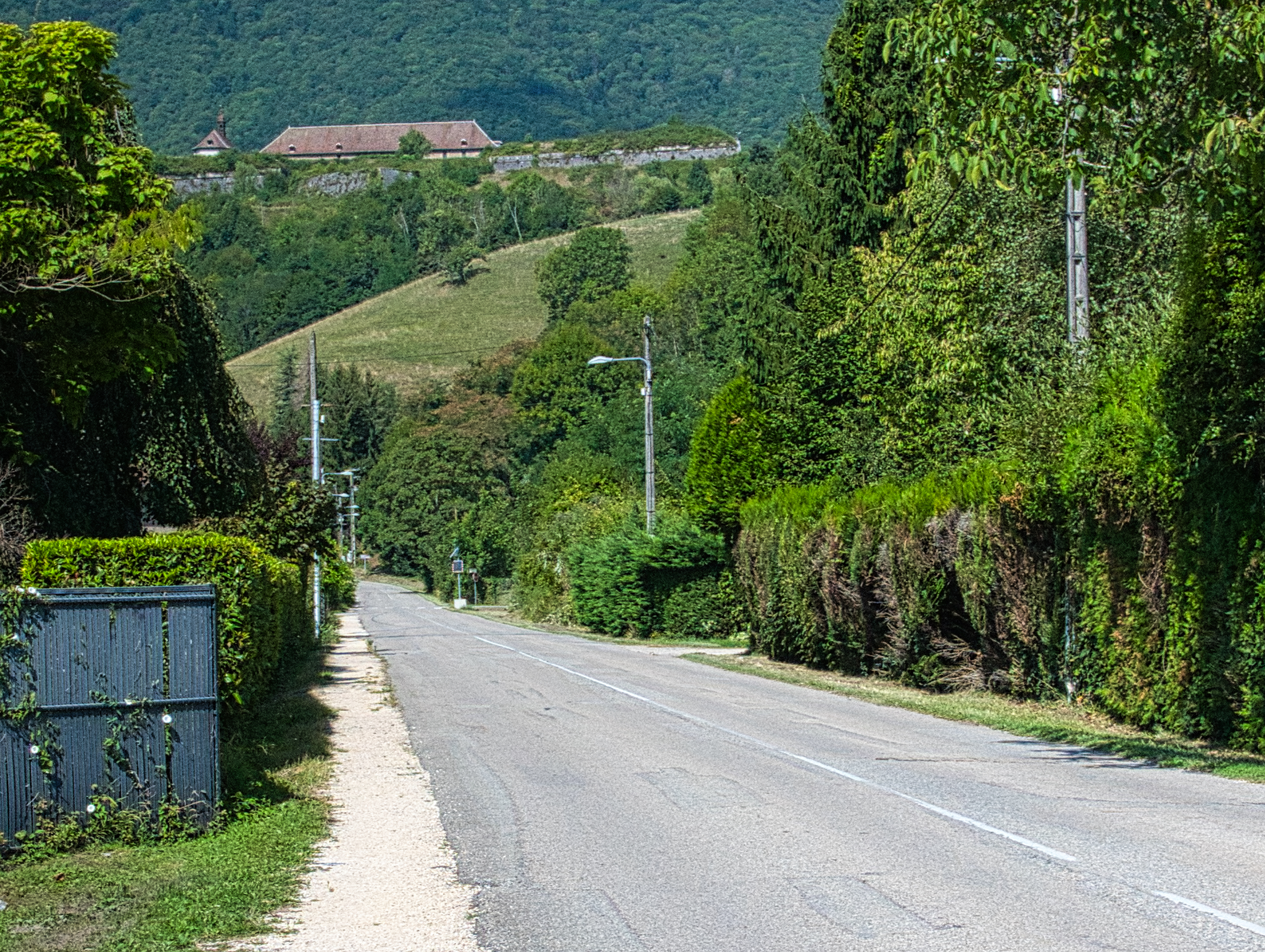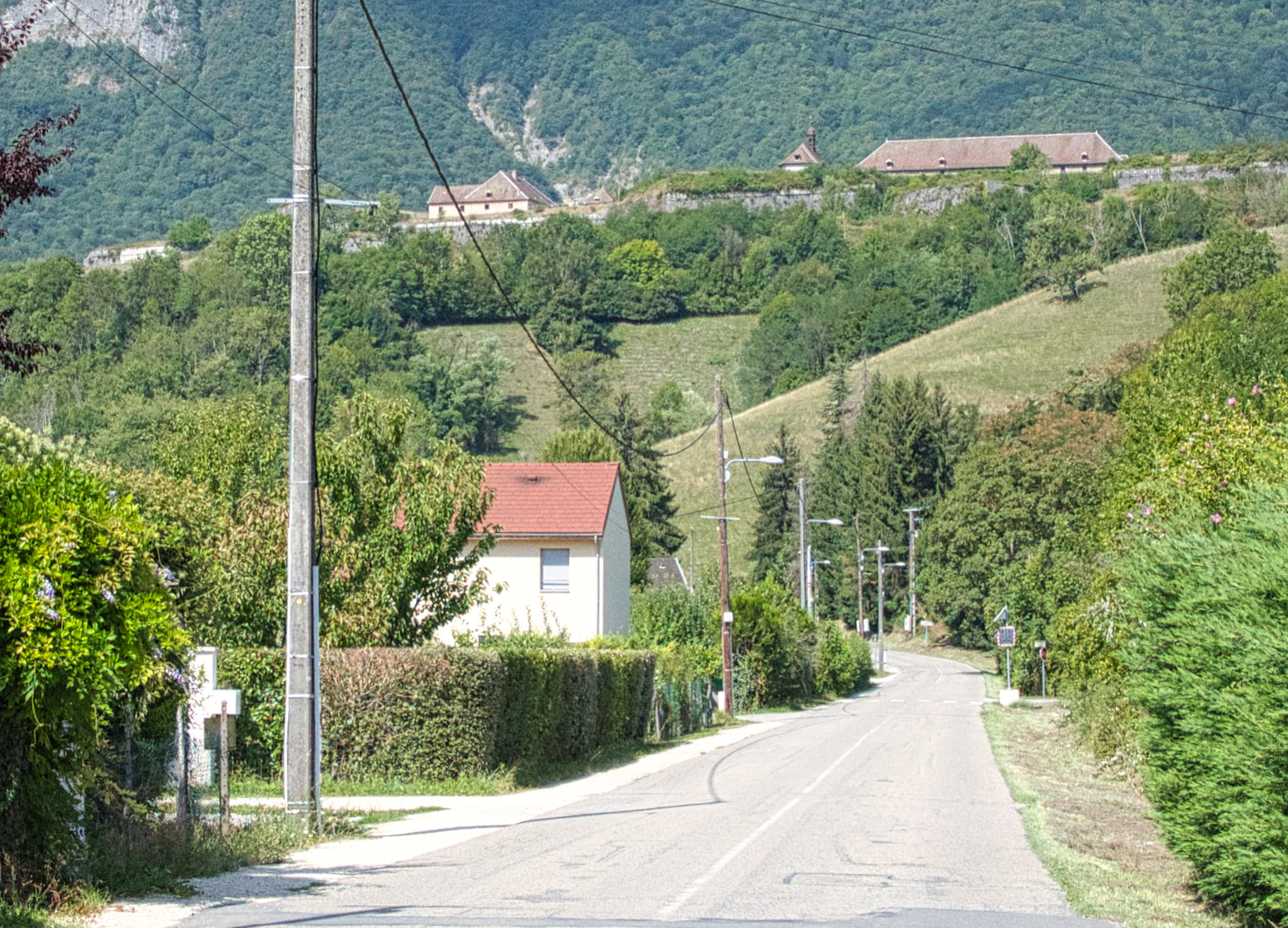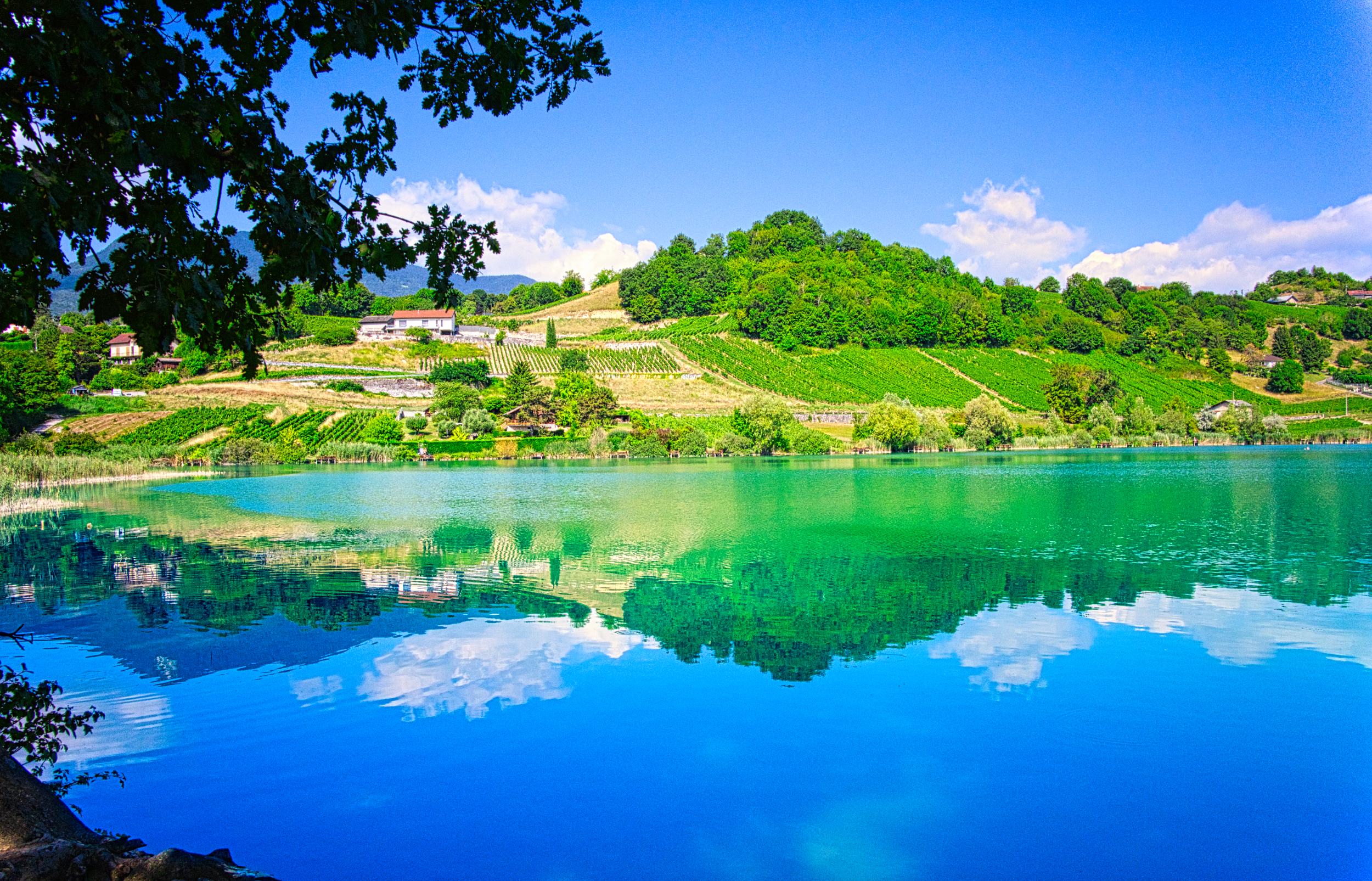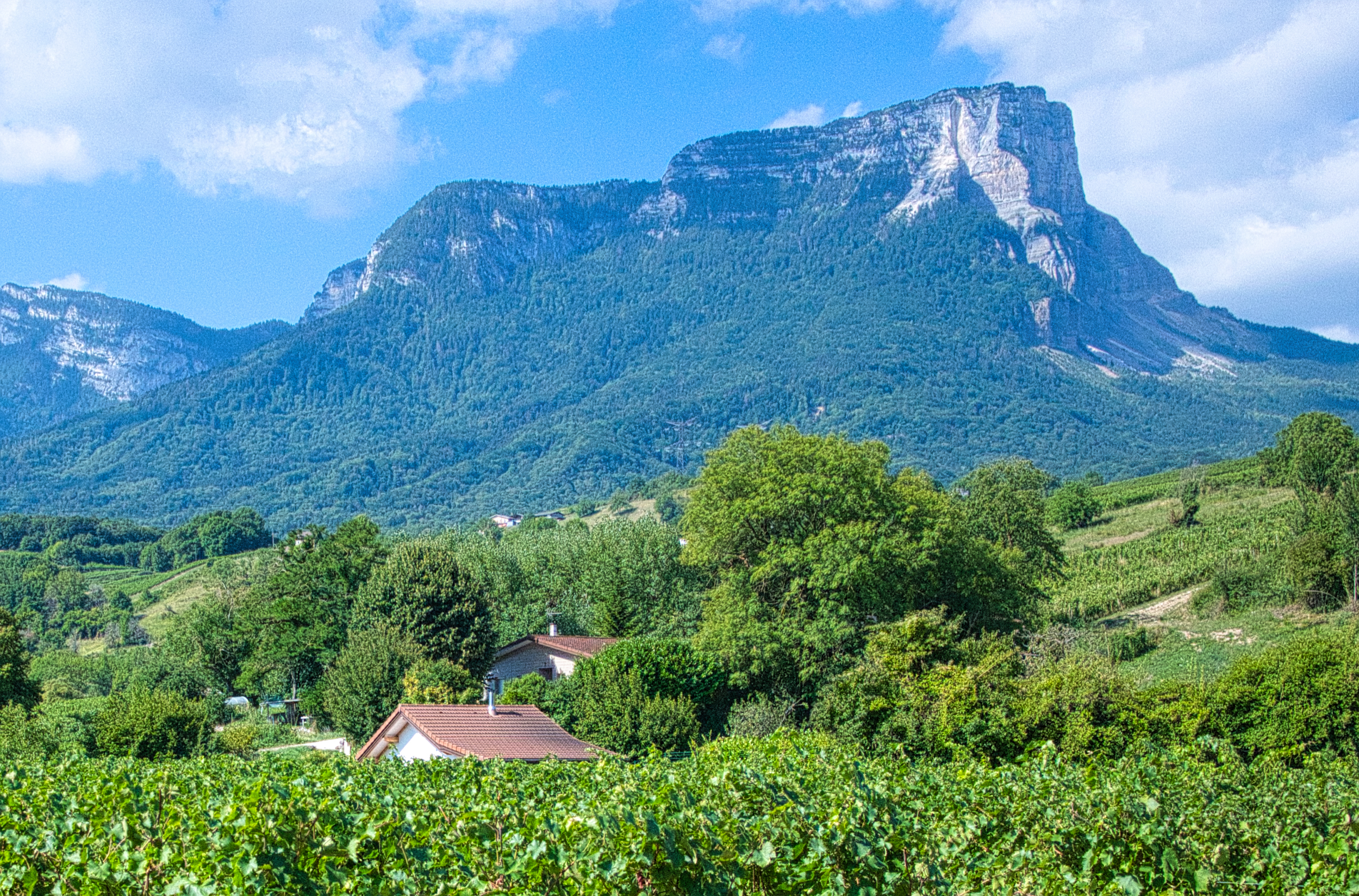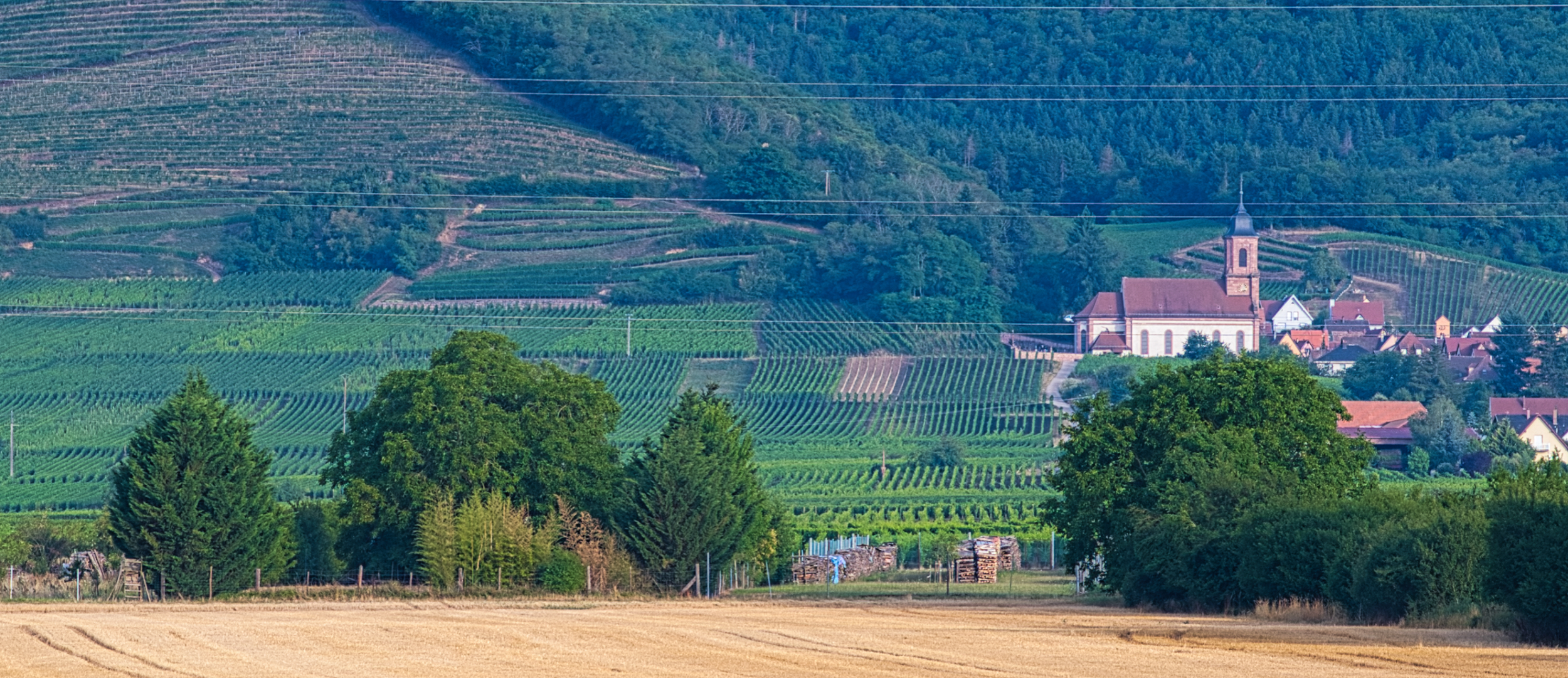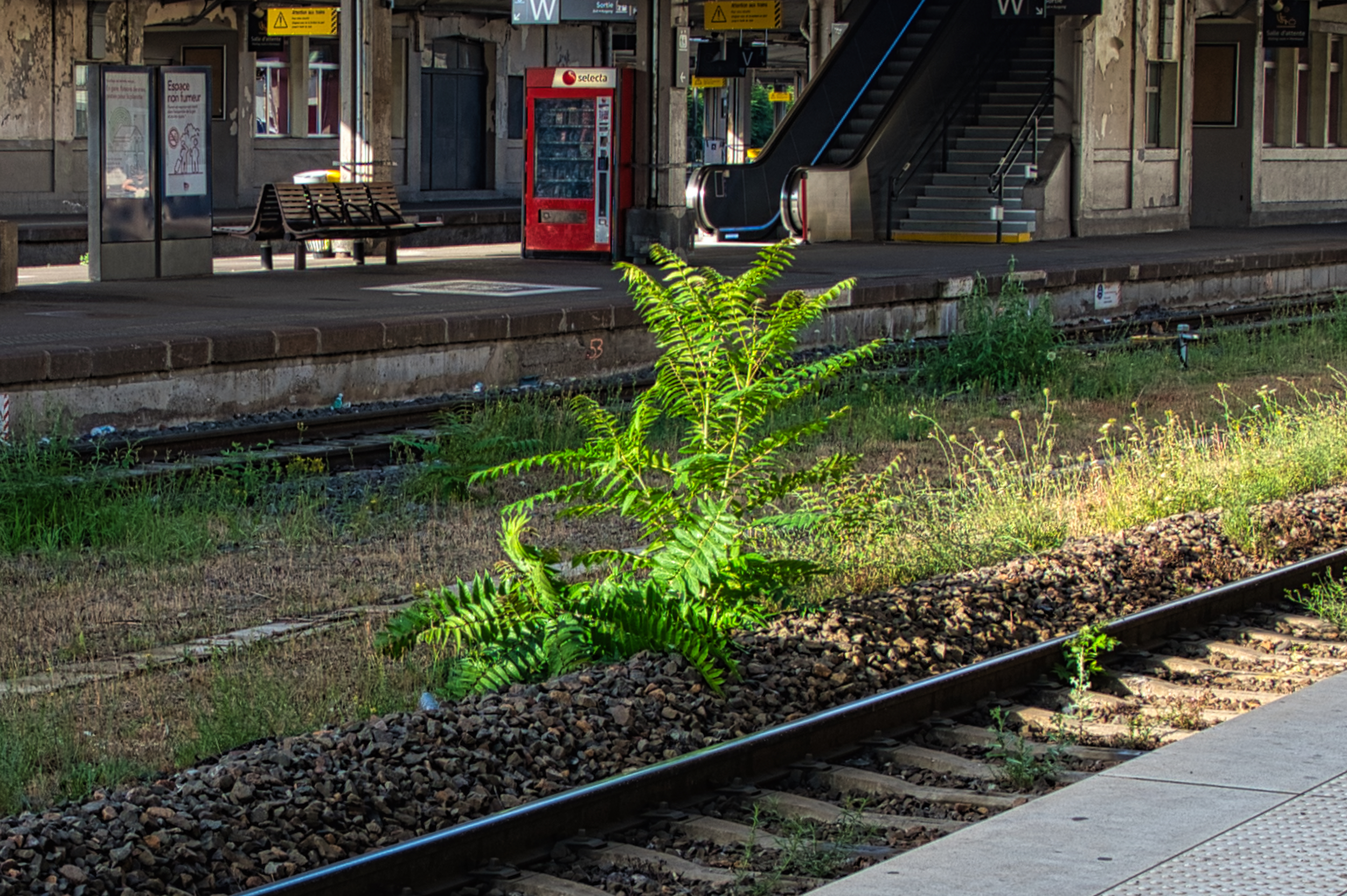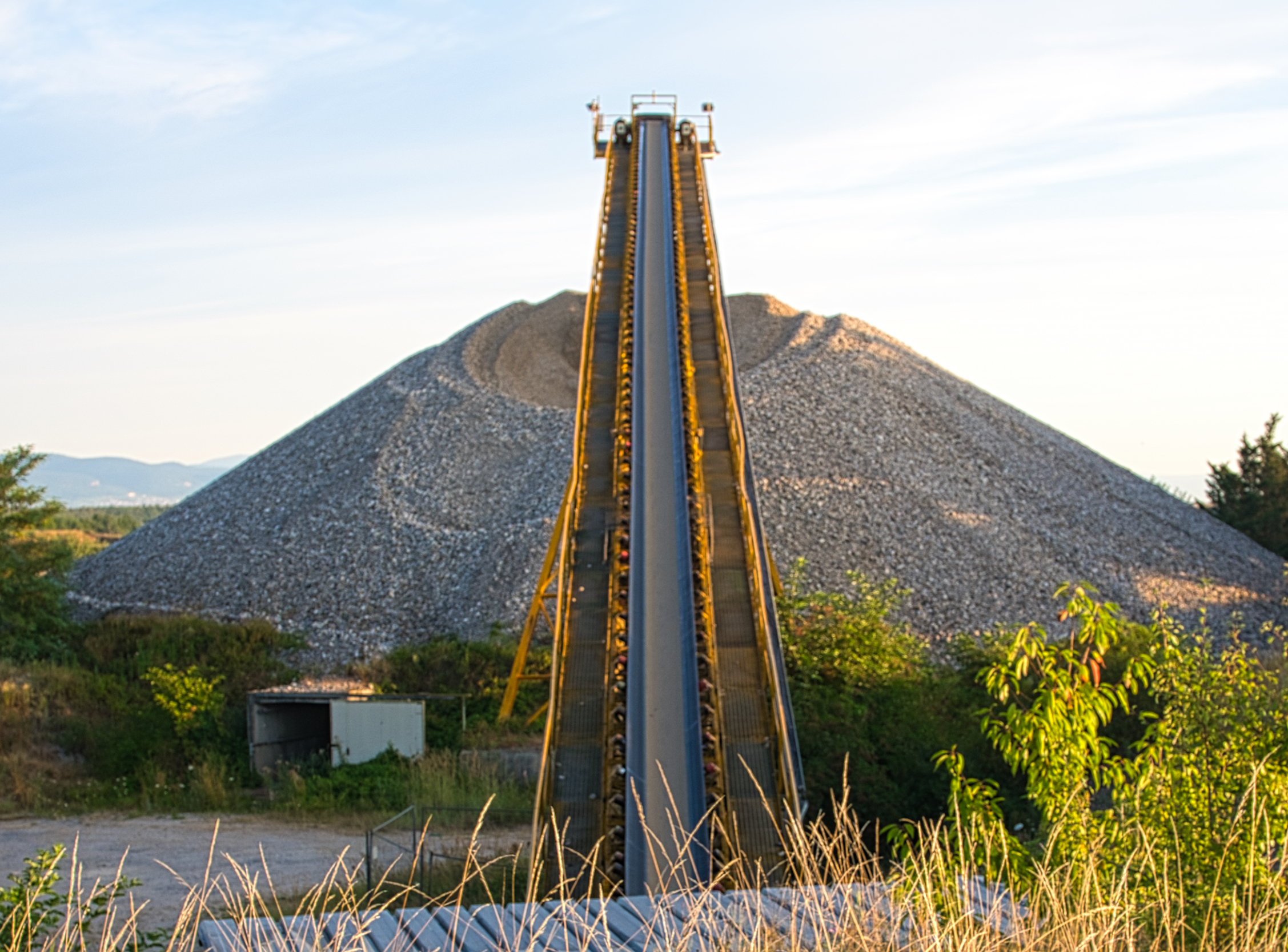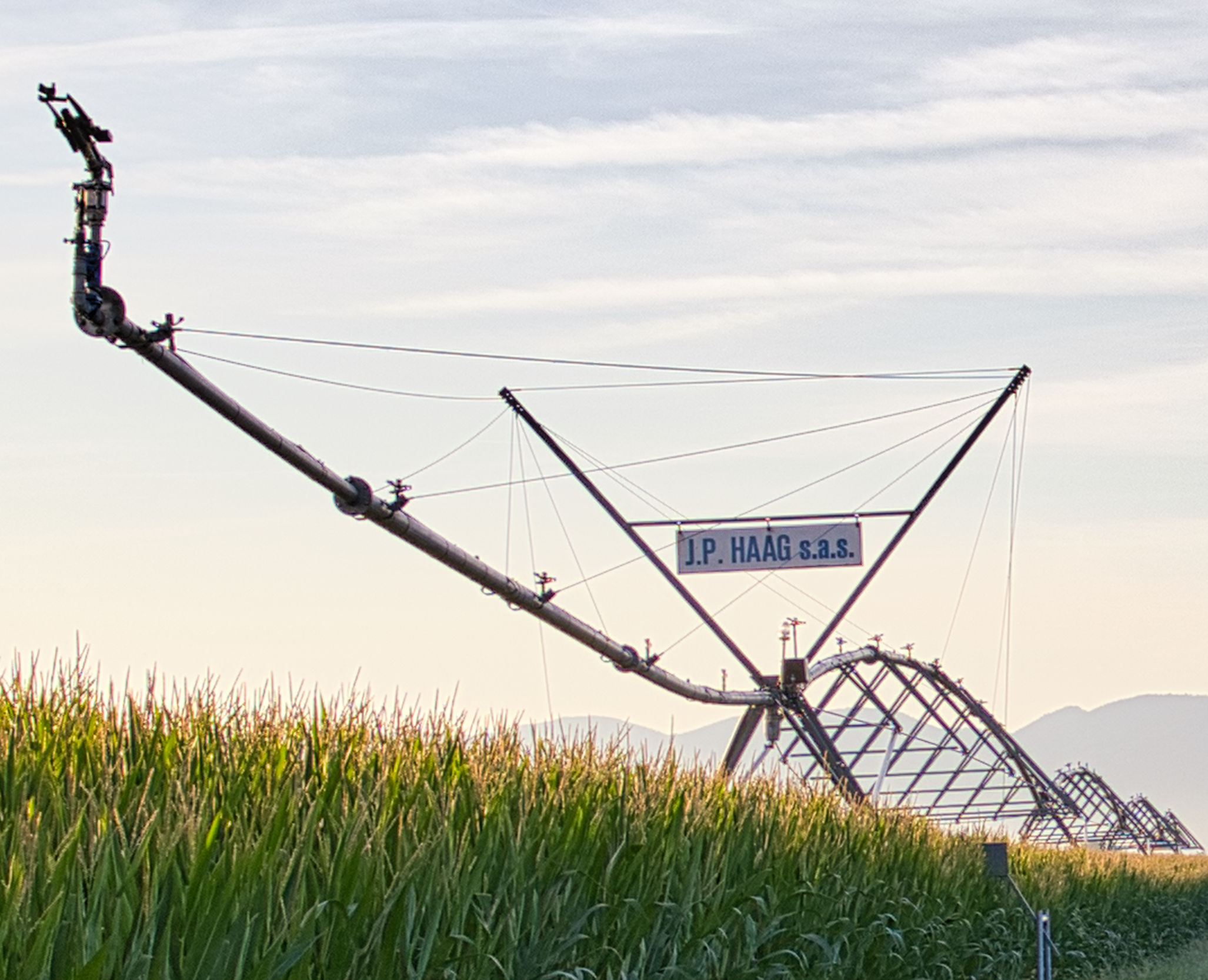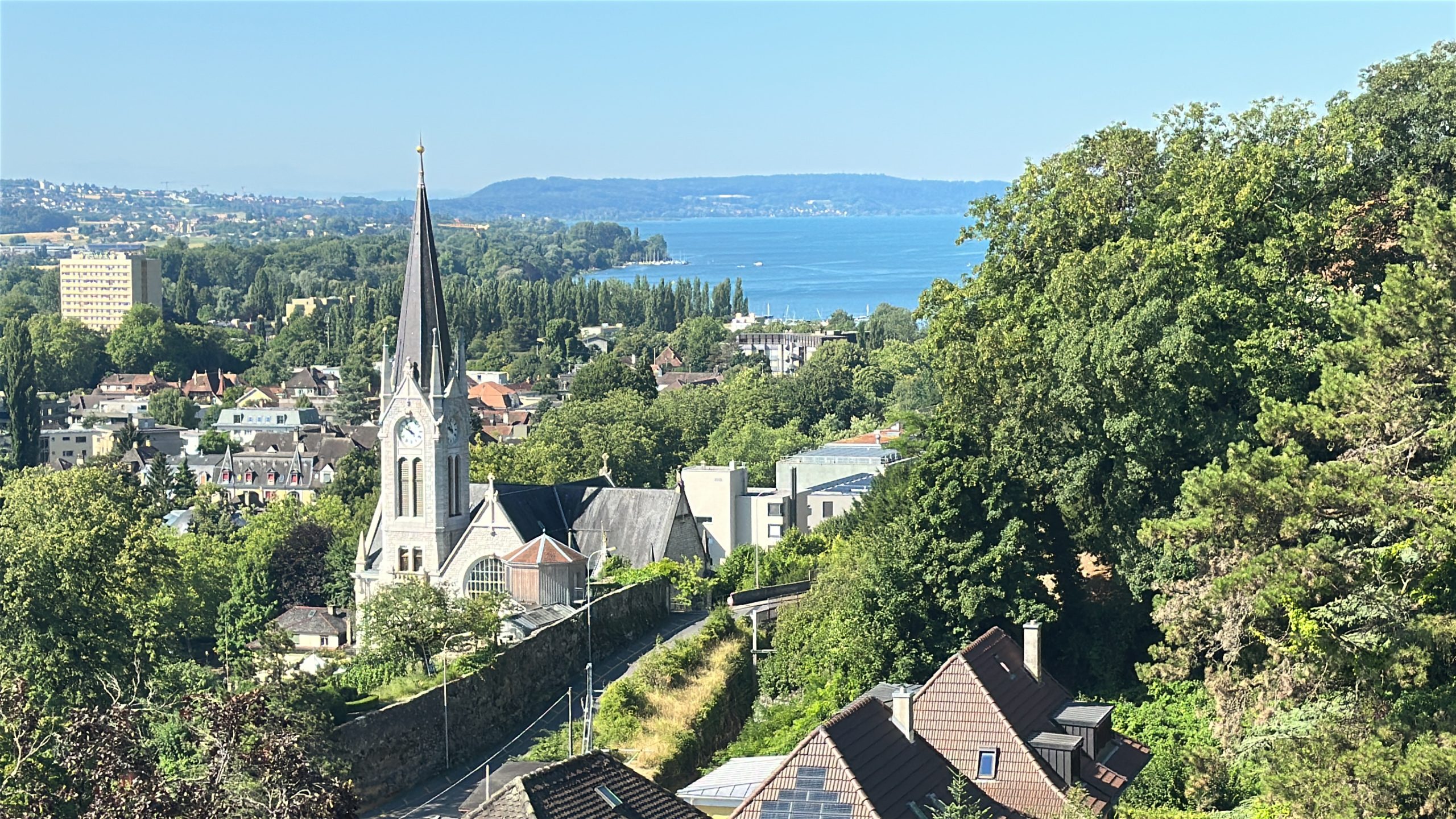Another snap of the “Maison Carrée” – or square house – a name I really think seems a bit sad. It would be more wonderful to use the original Roman name — unless, of course, they also called in the Square House!
Month: August 2025
Police cruiser in Marseille
Continuing the series, here is a nice French police cruiser parked in the Vieux-Port area of Marseille:
Bolards: an elegant defense for more noble times
OK, it is always a bad idea to paraphrase Obi Wan Kenobi, but during my recent trip to Marseille I thought for a bit how some things never change. In the middle ages, villages and cities used stone walls to protect the people inside against invaders — and, by the way, to more effectively and efficiently kill those who would try to invade. And today, bolards are used to protect the people inside against terrorists. Maybe we can define “progress” in this sense, because today we build infrastructure to keep the terrorists out, not to kill them.
As an IT guy, I am wondering if we could call this a design pattern?
Here is a barricade I spotted guarding the pedestrian area of the Vieux-Port in Marseille:
And here is a nice snap of the Barricade Man opening it, so a water spray truck can drive inside and spray water everywhere. The French really don’t feel comfortable unless the streets are sprayed with water on a regular basis.
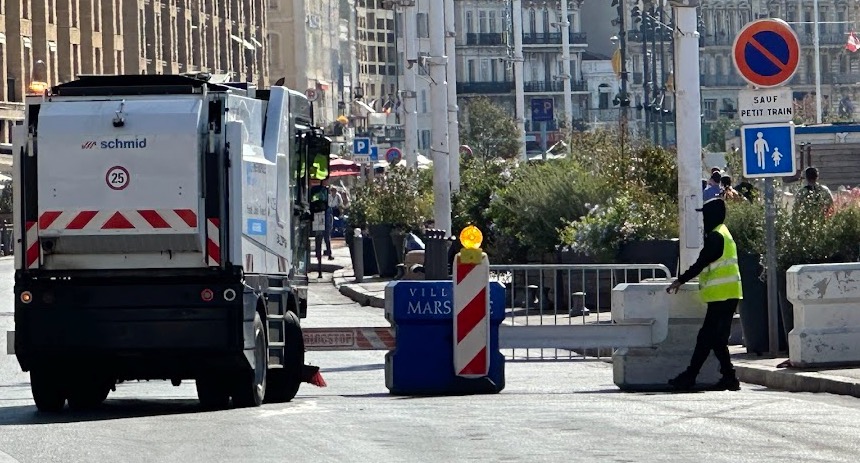
In case of hesitation, put your waste here
Camion de Pompiers: Fire Truck in Nimes
Luberon Grapes
Vieux-Port
La Maison Carrée . . . or . . . the “Square House”
Reactors on the Rhone
These are nuclear reactors that comprise the Cruas Nuclear Power Plant in the Savoie region of France – but what you can’t see is that they are sitting on the Rhone river, near Montélimar. According to WikiPedia they produce 3’600 MW of electricity and account for 5% of France’s electricity demand.
Let’s assume two large wind generators could crank out around 36 MW – this means we’d need 2×100 = 200 wind generators to equal the output of these 4 reactors!
By the way, so as not to be confused, the big “hyperbolic cooling towers” you see are just for cooling the water. The reactors themselves are the tiny cylindrical objects you see on the far left, with the small domed roofs.
Another road to the fort at the base of the Col du Granier
Road to the fort at the base of the Col du Granier
Lake at the base of the Col du Granier
Col du Granier
Alsace
Mulhousian Tree
Strasbourg houses
I wish I knew more about medieval cities, because when I look at scenes like this I don’t understand them. The buildings are narrow but tall – and that suggests to me that land was expensive so they wanted to keep the footprint small but then build vertically. But they are all quite different in structure and design. How did this come about? Was there a time when there were a few houses here but gaps between the houses that were later filled? How exactly did this row of houses develop?
Well, I did what anyone today would do and I asked ChatGPT. We actually had a wonderful conversation about this, and I learned a lot. Here are the key points:
1. Early control
-
In the early Middle Ages, Strasbourg (then called Argentoratum) was under the authority of the Prince-Bishop of Strasbourg.
-
The bishop controlled justice, taxes, and military defenses.
2. Growing independence
-
By the 12th century, the city was wealthy (Rhine trade hub, fairs, cathedral works).
-
The burghers and guilds grew stronger and wanted more self-rule.
-
Tensions flared between bishop and citizens, especially over taxation and rights.
3. The turning point (Battle of Hausbergen, 1262)
-
The bishop tried to reassert power militarily.
-
The citizens formed a militia and, backed by guilds, defeated the bishop’s army at the Battle of Hausbergen (March 1262).
-
After this, the bishop lost his temporal power inside the city.
4. Imperial confirmation
-
The Holy Roman Emperor (who loved having cities directly under him, bypassing local lords) recognized Strasbourg as a Free Imperial City.
-
That meant Strasbourg answered only to the Emperor, not to the bishop or any duke.
-
The city council (Rat) took over government, dominated by guilds and patrician families.
5. Aftermath
-
Strasbourg thrived as a self-governing city-state: managing its laws, minting coins, raising militias.
-
It stayed a Free Imperial City until 1681, when Louis XIV of France seized it and integrated it into France.
I did not know about this Battle of Hausbergen – since one of my passions is photography in Alsace, I will have to check this out one day!
But getting back to the houses . . . the Stadtrat would sell parcels of land, and naturally parcels of land close to the rivers and canals had a premium and so were quite narrow – hence what you see in the picture above!
Mulhouse Weed – Une herbe, véritablement splendide, déploie son opulence royale entre les rails.
I spotted this fellow — together with about ten thousand of his friend — growing between the tracks at the Mulhouse Gare Central. It raises all sorts of questions and is really something to think about. In Switzerland, they don’t have such weeds at their train stations. But usually that’s because they completely cement everything over — at least France preserves nature as far as possible. And avoids the herbicides other countries might use to eliminate these herbes spendides.
Convoyeur à bande pour le stockage de granulats
I found this one in Alsace, near Dessinheim, but they are all over eastern France and southern Germany. Interestingly, you don’t find these very often in Switzerland. As a hobby photographer I really enjoy looking for these things and seeing if I can capture snaps that are artistic. I am pretty happy with this one — but they are surprisingly difficult to photograph, mainly because I respect the Accès interdit – propriété privée or Zutritt verboten signs.
Mulhouse Train Station Bubbler
Sprinklerasaurus – or, système d’irrigation à déplacement latéral
The summer drought it in full swing and as you drive across Alsace you see these huge devices everywhere. They are not called sprinklers but rather lateral irrigation systems. I’ve long been interested in finding the best way to capture these, photographically, and personally I think it’s one of the harder subjects to shoot. They are not always found close to the road and in a position that makes a good composition — the light is not always ideal — but I am quite happy with the results of this snap!
Roadside Stork in Alsace
Tall Strasbourg guy
This is an artistic a snap as I thought I could take of a big statute. There is a big, open plaza in Strasbourg — called Place de Kléber — and it has a big statute you can see here, of General Kléber. Believe it or not, he is also buried here on this spot, probably underneath the statute. He fought as heroically as a general can fight in Napolean’s crusade in Egypt, until he was stabbed to death by a student. I find it interesting that such people were enshrined like this. Today, probably zillions of people pass by this statute every day and I wonder if any of them really know who he is — which means there was previously great interest in honoring them, and today they are largely ignored.
Bubble Architecture in Strasbourg – 9
But this post is not about bubbles, but rather bubble architecture. And more specifically, another snap of the Bubble Architecture at the main train station in Strasbourg.
By the way, I took this snap on my Nikon Z6ii with a very inexpensive 28mm prime lense – fabulous for street photography, and as you can see below I am very happy with how well it captures the fine details!

